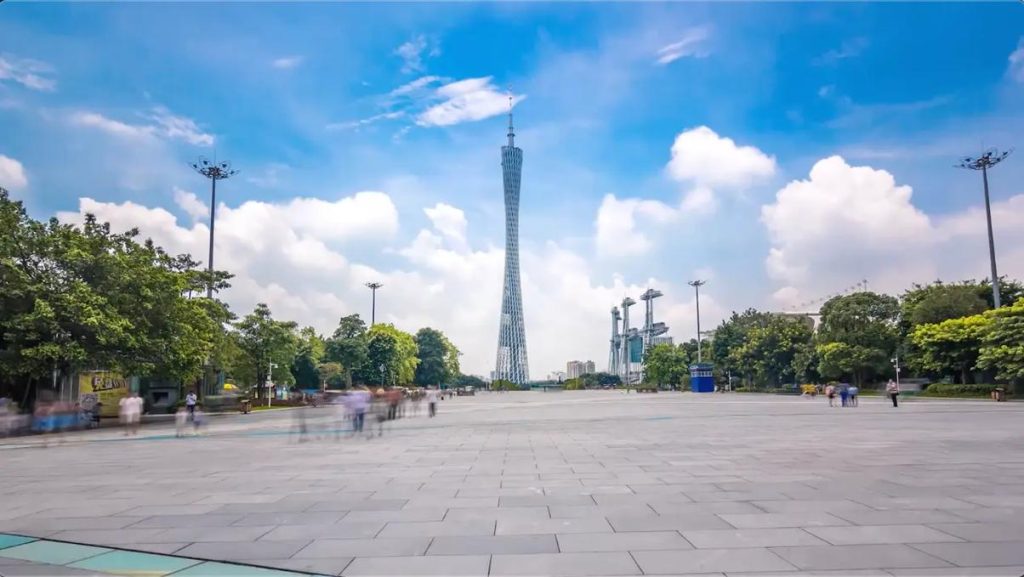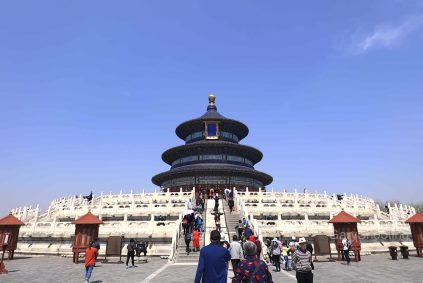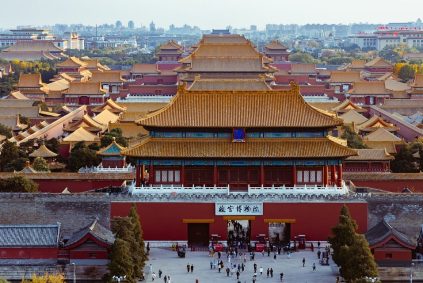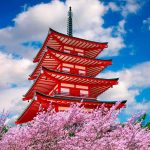Guangzhou’s Lingnan School of Painting: A Fusion of Tradition and Modernity
The Historical Roots of Innovation
The Lingnan School of Painting, founded by Guangdong-born artists Gao Jianfu, Gao Qifeng, and Chen Shuren (collectively known as the “Three Masters of Lingnan”), emerged in the early 20th century as a revolutionary force in Chinese art. Against the backdrop of social upheaval and Western cultural influence, the trio sought to break free from the rigid conventions of traditional Chinese painting. They studied Japanese and Western art techniques in Japan, incorporating elements like perspective, light, and shadow into their works while retaining the essence of Chinese ink painting.
This fusion is evident in Gao Jianfu’s “The Flames of the Eastern Battlefield”, a 1932 piece depicting the ruins of Shanghai’s Oriental Library after the January 28th Incident. The painting’s dramatic use of color and chaotic composition—a stark contrast to the serene landscapes of classical Chinese art—reflects the school’s commitment to addressing contemporary social realities. Similarly, Gao Qifeng’s “Long Pine and翠鸟” blends traditional “boneless” brushwork with Western-style shading to create lifelike textures in feathers and foliage.
Artistic Philosophy: Bridging East and West
The Lingnan School’s core principle, “Zhezhong Zhongxi, Ronghui Gujin” (Combining Chinese and Western, Merging Past and Present), emphasizes innovation through cross-cultural dialogue. Unlike the Beijing School’s focus on literati elegance or the Shanghai School’s commercial appeal, Lingnan artists prioritized realism and accessibility. They abandoned rote imitation of ancient masters, instead advocating for “Shifa Ziran” (Learning from Nature) through direct observation.
Residential scenes, market vendors, and tropical flora became recurring motifs, capturing the vibrancy of Lingnan’s urban and rural life. Chen Shuren’s “Red Cotton” series, for instance, uses poetic inscriptions to elevate everyday subjects into symbols of resilience. The school’s technical audacity is further seen in its adaptation of the “Zhuangshui Zhuangfen” (Water and Powder Collision) technique, pioneered by 19th-century painters Ju Chao and Ju Lian. By injecting water or powder into wet pigments, artists achieved luminous, three-dimensional effects—a method later refined by Gao Qifeng in his depictions of peacocks and pine trees.
Global Impact and Legacy
By the mid-20th century, the Lingnan School had transcended regional boundaries, earning international acclaim. Zhao Shao’ang, a second-generation master, won a gold medal at the 1930 Brussels World Expo for his “White Peacock”, blending meticulous detail with expressive brushstrokes. His global exhibitions across Europe, North America, and Southeast Asia cemented the school’s reputation as a bridge between Chinese aesthetics and world art.
Domestically, the school’s educational initiatives played a pivotal role in modernizing Chinese art. Gao Jianfu’s Chunshui Painting Academy and later institutions like the Guangzhou Academy of Fine Arts trained generations of artists, including icons like Guan Shanyue and Li Xiongcai. Guan’s “江山如此多娇” (Our Motherland So Rich in Beauty), co-created with Fu Baoshi for Beijing’s Great Hall of the People, exemplifies the Lingnan spirit by merging monumental scale with poetic grandeur.
Contemporary Evolution: Tradition Meets Innovation
Today, the Lingnan School continues to evolve, embracing experimental techniques while honoring its heritage. Third-generation artists like Wu Jialing and Chen Jinzhang explore abstract expressionism and digital media, pushing the boundaries of ink painting. 그만큼 2025 “South Wind Blows: Post-Lingnan Ink Exhibition” in Tibet showcased works blending Tibetan motifs with Lingnan’s vibrant palette, highlighting the school’s adaptability.
Critics once dismissed the Lingnan School as overly Westernized, but its enduring relevance lies in its ability to harmonize global influences with local identity. As scholar Wong Chun-yui notes, the school’s success abroad—from Zhao Shao’ang’s lectures at Harvard to Li Xiongcai’s “Misty Mountains” series inspiring Asian contemporary art—proves that cultural authenticity need not sacrifice innovation.
A Living Tradition
Guangzhou’s Lingnan School is more than an art movement; it is a testament to the city’s role as a cultural crossroads. From its humble beginnings in the Shixiang Garden to its global footprint, the school embodies Guangzhou’s spirit of openness and creativity. Whether through a master’s meticulous stroke or a student’s bold experiment, the Lingnan legacy continues to redefine what Chinese art can be—rooted in tradition, yet forever reaching beyond.
















